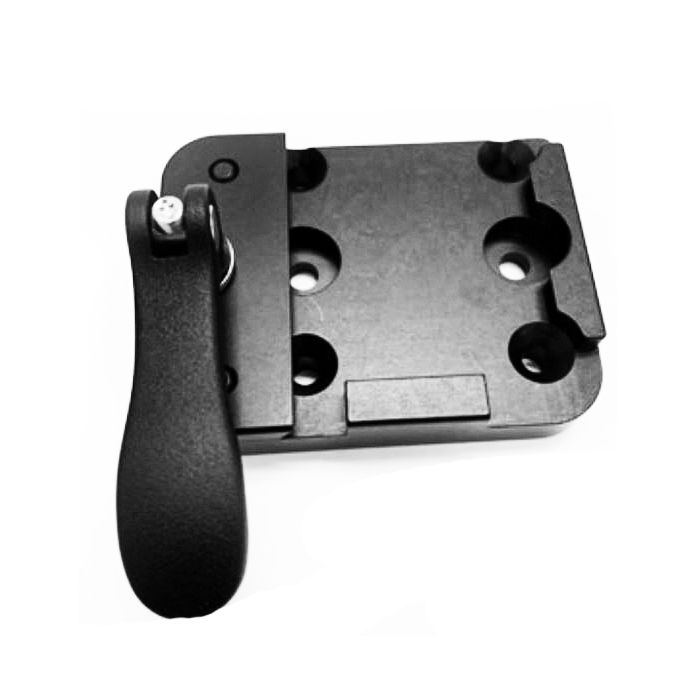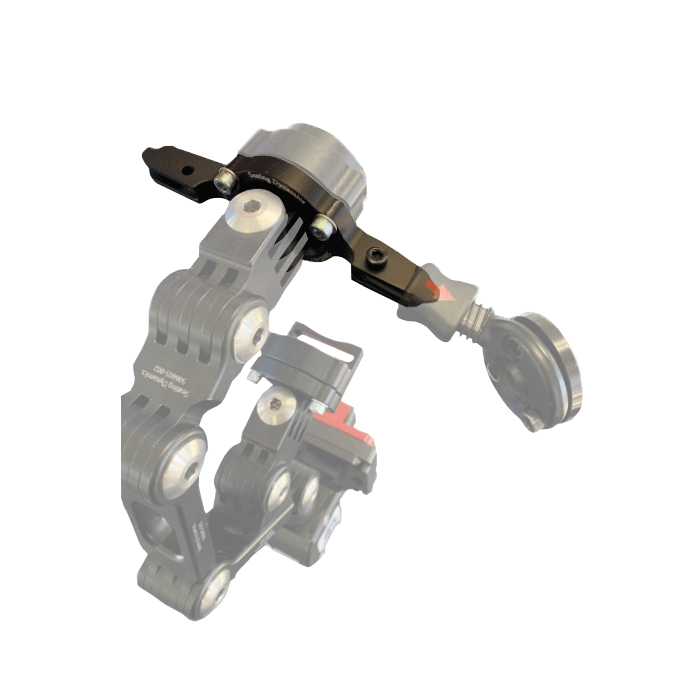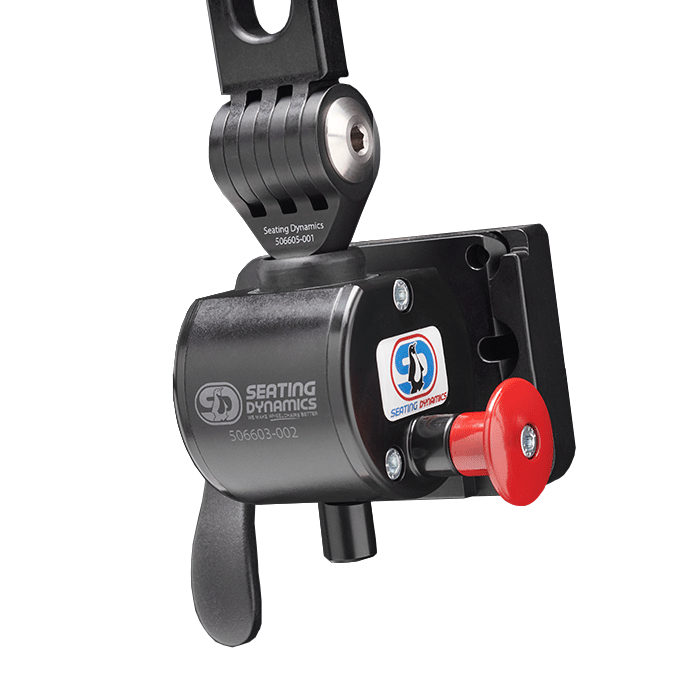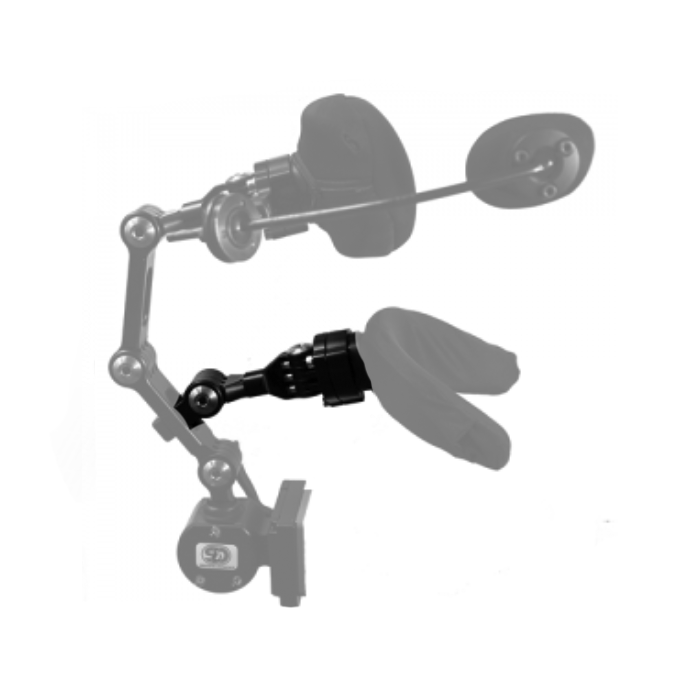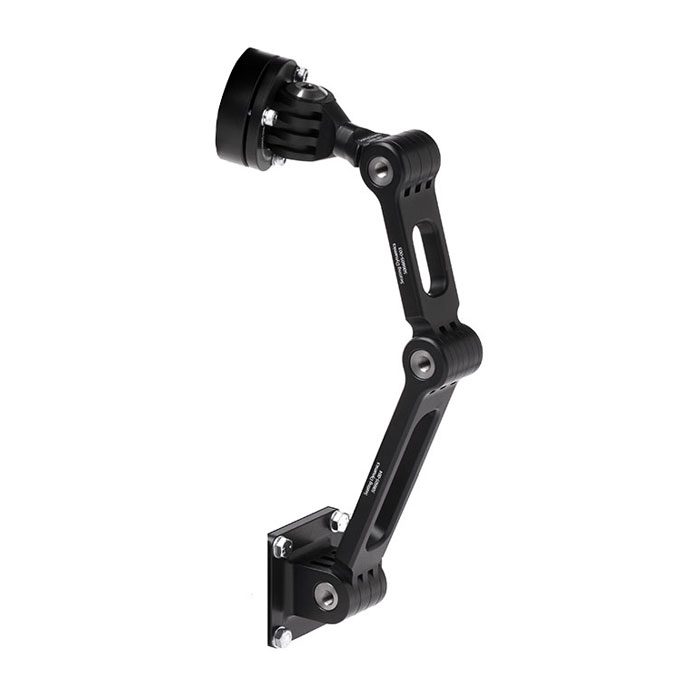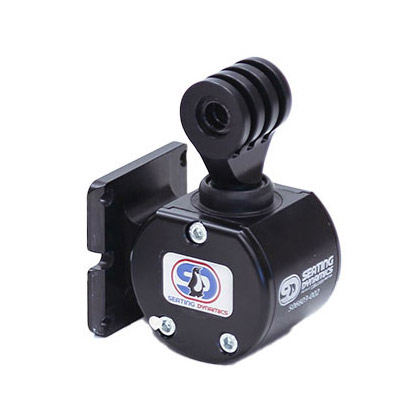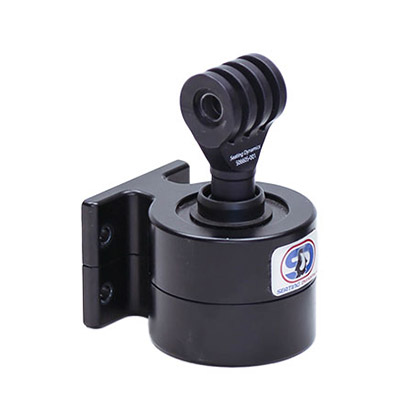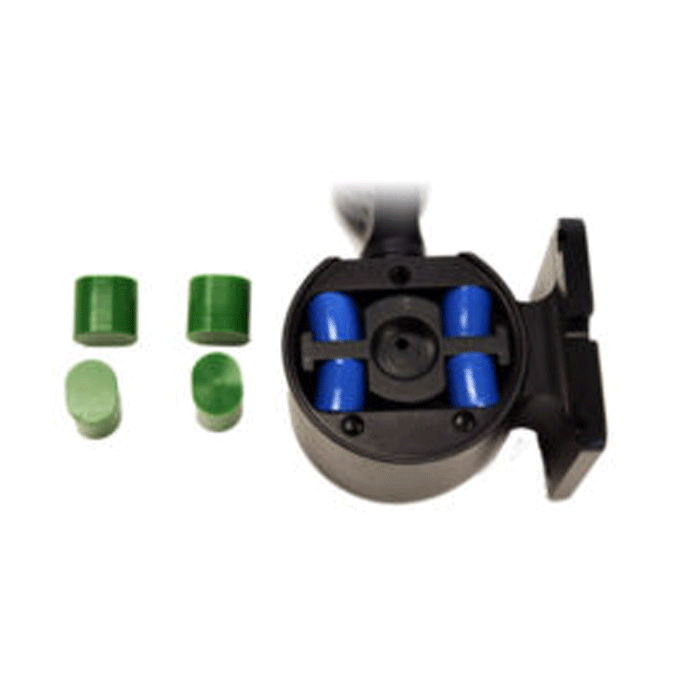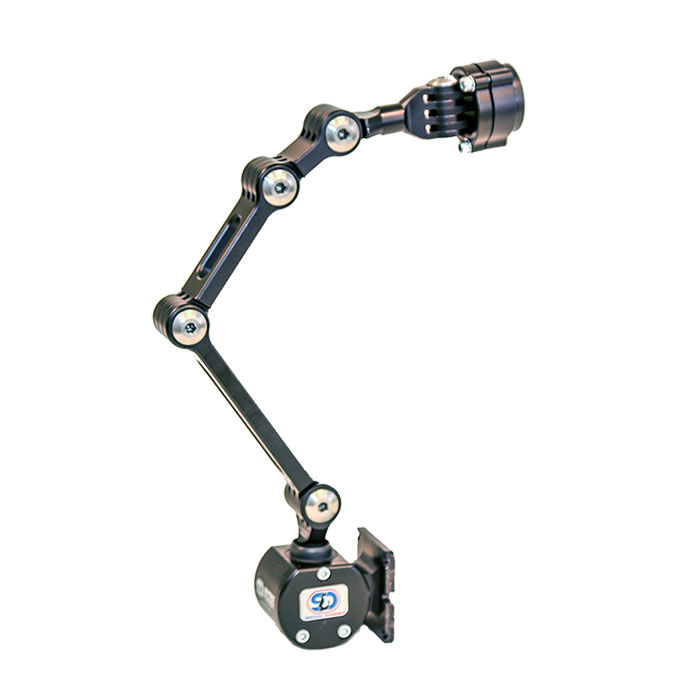Alex – keep those wheels on the floor!
Michelle L. Lange, OTR/L, ATP/SMS
We met Alex in our last 3 blogs, where we discussed factors that lead to elastomer wear in the Dynamic Rocker Back interface (DRBi), signs that the DRBi elastomers need replacing, and indicators that Dynamic Footrests are required. In this blog, we shall explore solutions for clients whose strong movements are actually lifting the casters right off the floor.
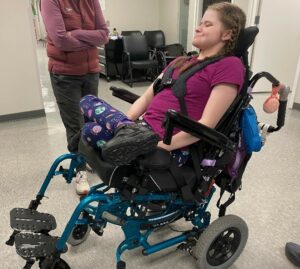 Alex
Alex
Alex is a young woman who has very large and forceful movements. As a result, her team recommended a Dynamic Back and Dynamic Footrests. We met Alex recently at the Assistive Technology Clinic at the Center for Inclusive Design and Engineering (CIDE) in Denver, CO with her Father, Luke, and Becky Breaux, PT.
The elastomers were worn in the DRBi and were replaced the day we saw her. The Dynamic Footrests were ordered in the past, but never placed on the current manual wheelchair and are now missing. New Dynamic Footrests are now in process.
Dynamic Back
Alex requires a Dynamic Back as she tends to rock with strong and forceful movement. Strong enough that she needs the elastomers changed about every 3 months! These elastomers are doing their job – without the elastomer ‘taking the heat’, the wheelchair frame would undoubtedly have been damaged.
Dynamic Footrests
Alex requires Dynamic Footrests as she also has large, repetitive, and forceful movements in her lower extremities. She often sits with her legs crossed, in an effort to find stability. Dynamic Footrests will require her feet to be secured to the footplates yet will allow movement of the legs. This movement will be in a controlled arc, reducing wear and tear on the footrest hangers, reducing injury to the lower extremities (colliding against the frame), and providing stability and weightbearing at her feet.
The Whole Picture
When evaluating a client with strong extensor tone and/or large and forceful movements, it is critical to look at the big picture, not just whether someone will benefit from a single Dynamic Seating component. For Alex, this meant identifying problems, causes, and solutions. One problem caused by a combination of other issues was the manual wheelchair rocking posteriorly.
| Problem | Cause | Solution |
|---|---|---|
| Intermittent, forceful, repeated hip extension leading to loss of pelvic position and equipment damage | Client need to move, increased muscle tone, extraneous movement | Dynamic Back |
| Back ‘sagging’ and leading to a more open seat to back angle and resultant loss of posture | Worn DRBi elastomers | Replace DRBi elastomers |
| Dynamic Back hard to ‘lock-out’ | Worn DRBi elastomers | Replace DRBi elastomers |
| Intermittent, forceful, repeated leg movement leading to loss of position, lack of stability for function, equipment damage, and client injury | Client need to move, increased muscle tone, extraneous movement | Dynamic Footrests |
| Manual wheelchair rocking to the point of front casters lifting off ground leading to potential tipping risk | Client need to move, increased muscle tone, extraneous movement, seeking stability, boredom |
|
Below is a video showing Alex rocking the current manual wheelchair posteriorly.

Next Steps:
We hope to follow-up with Alex after she receives the Dynamic Footrests and frame adjustments are made to shift the center of gravity. Keep an eye out for a future Case Study!

